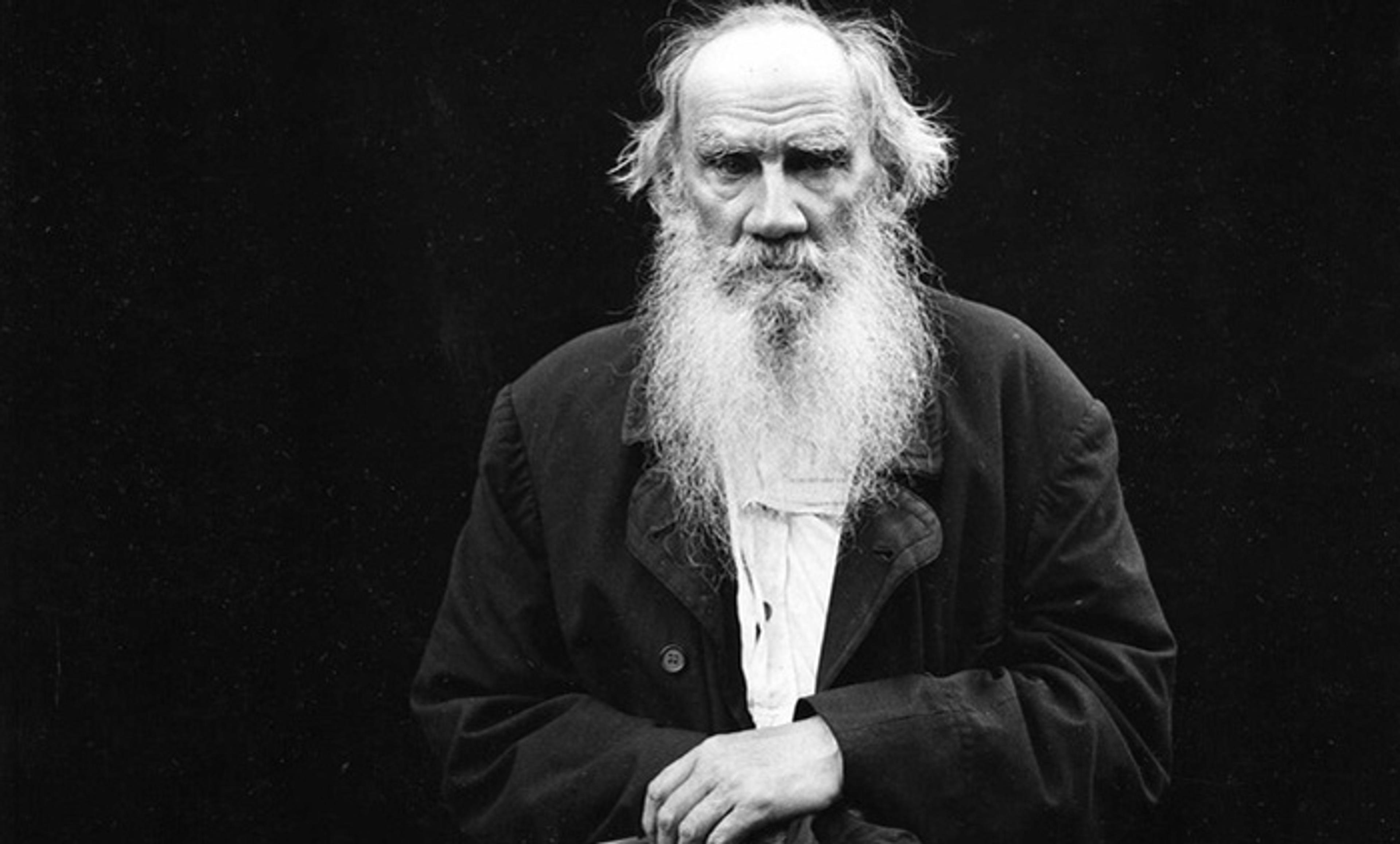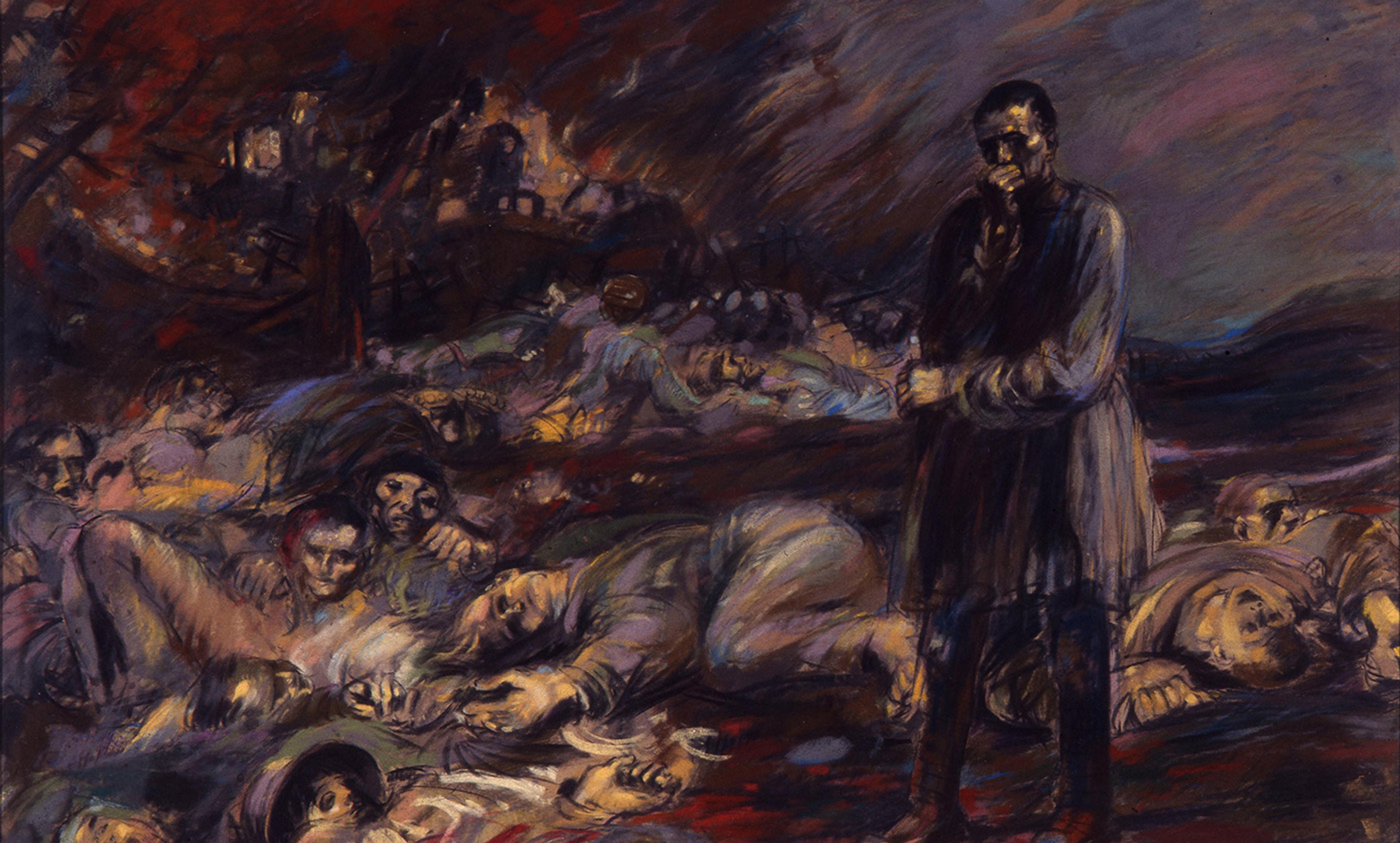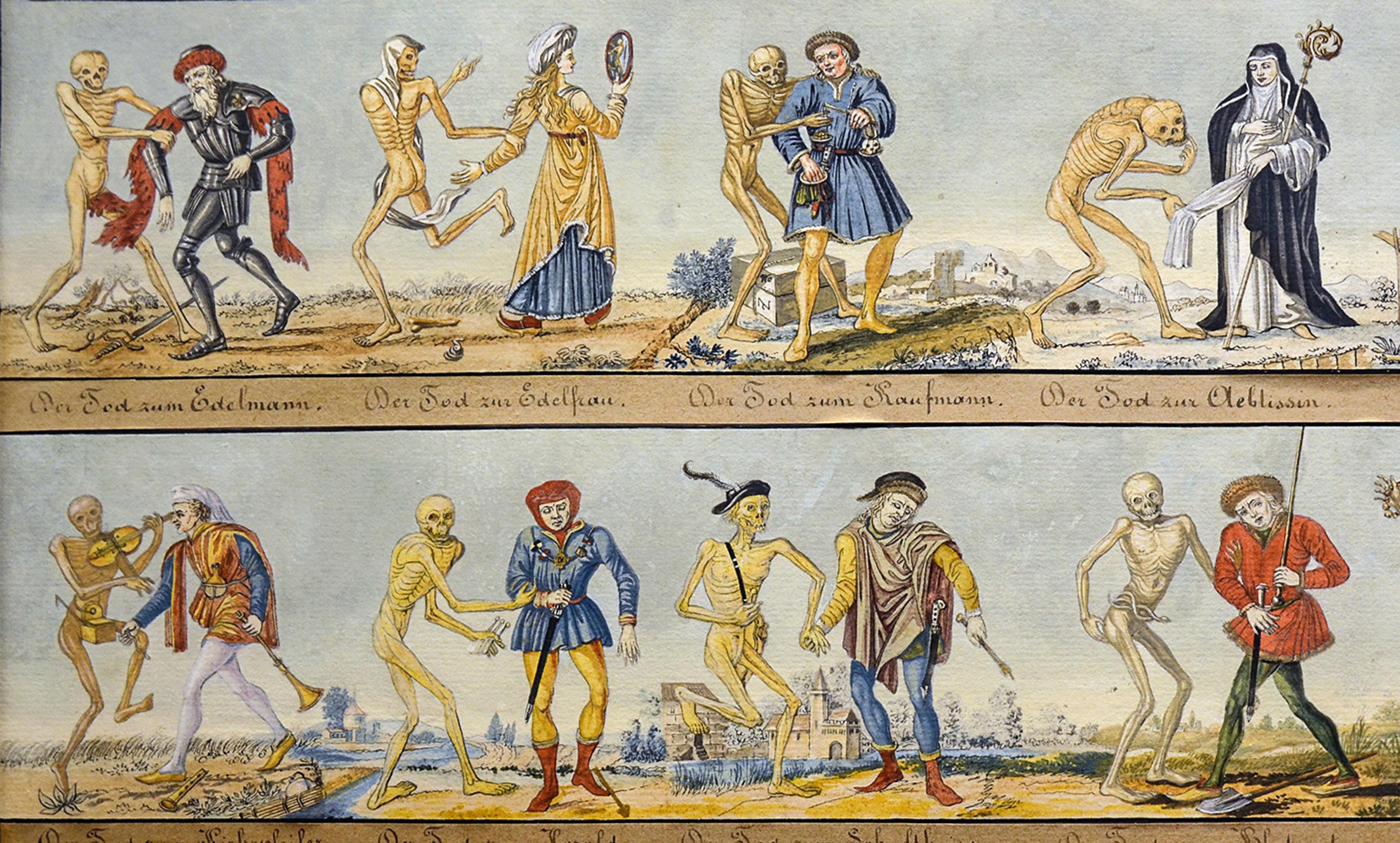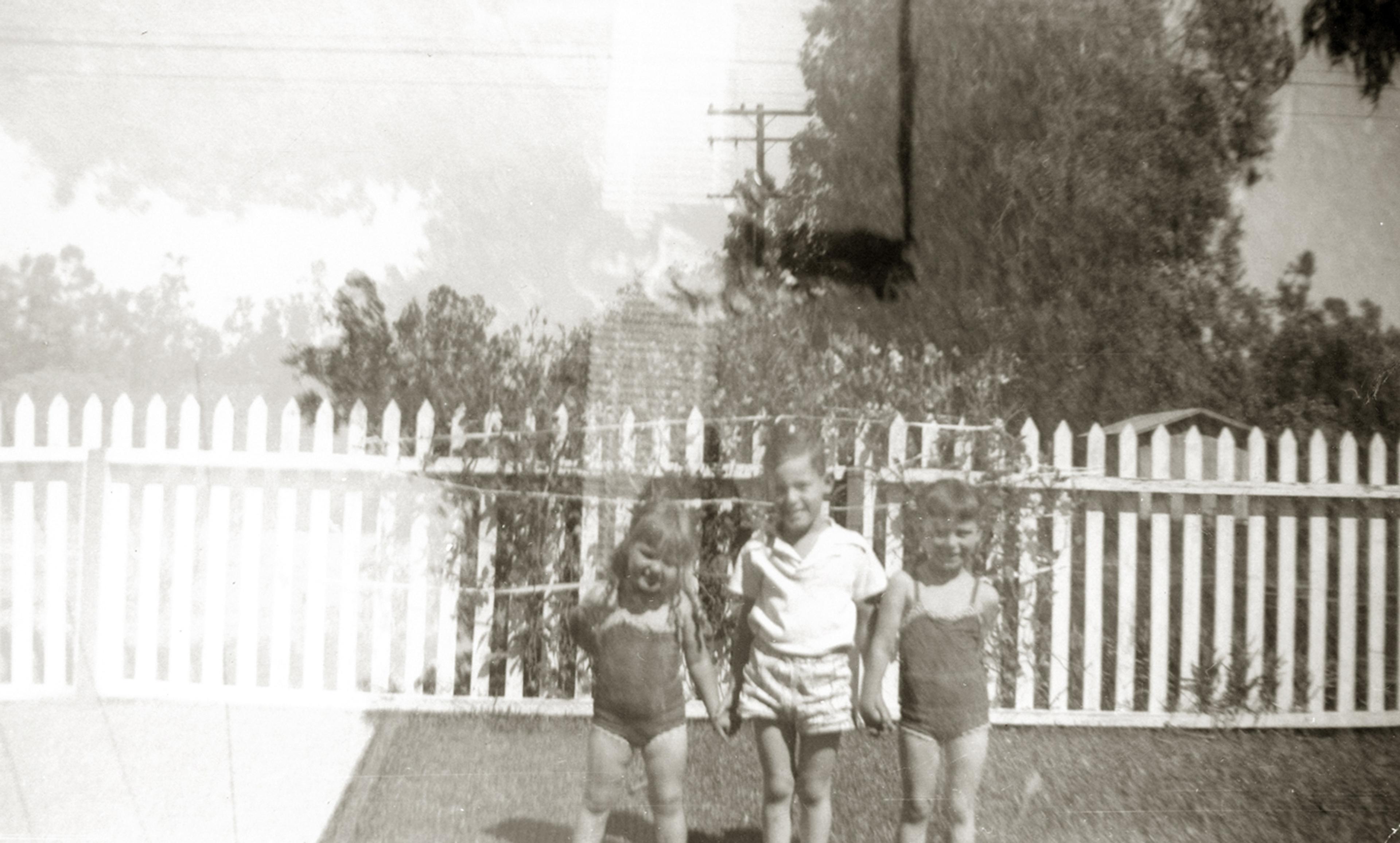Tolstoy photographed by Karl Bulla in 1902. Courtesy Wikipedia
In the novella The Death of Ivan Ilyich (1886), Leo Tolstoy presents a man who is shocked by suddenly realising that his death is inevitable. While we can easily appreciate that the diagnosis of a terminal illness came as an unpleasant surprise, how could he only then discover the fact of his mortality? But that is Ivan’s situation. Not only is it news to him, but he can’t fully take it in:
The syllogism he had learned from Kiesewetter’s logic – ‘Caius is a man, men are mortal, therefore Caius is mortal’ – had always seemed to him correct as applied to Caius, but by no means to himself. That man Caius represented man in the abstract, and so the reasoning was perfectly sound; but he was not Caius, not an abstract man; he had always been a creature quite, quite distinct from all the others.
Tolstoy’s story would not be the masterpiece that it is were it describing an anomaly, a psychological quirk of a fictional character with no analogue in real life. The book’s power resides in its evocative depiction of a mysterious experience that gets to the heart of what it is to be human.
In 1984, on the eve of my 27th birthday, I shared in Ivan’s realisation: that one day I will cease to exist. That was my first and most intense episode of what I call ‘existential shock’. It was by far the most disorienting event of my life, like nothing I’d ever experienced.
While you need to have undergone existential shock to really know what it is like, the experience need not yield any understanding of what you have gone through, either at the time or later. The acute anxiety induced by the state renders you incapable of thinking clearly. And once the state has passed, it is almost impossible to remember in any detail. Getting back in touch with existential shock is like trying to reconstruct a barely remembered dream, except that the struggle is to recall a time when one was unusually awake.
While granting the strangeness of existential shock, the revealed content itself is not peculiar. Indeed, it is undeniable. That’s what makes the phenomenon so puzzling. I learned that I would die? Obviously, I already knew that, so how could it come as a revelation? It is too simple to merely say that I had long known that I would die, because there is also a sense in which I didn’t – and still don’t – really believe it. These conflicting attitudes emerge from the two most basic ways of thinking about oneself, that I will call the outside and inside views.
Let’s consider the way in which my inevitable death is old news. It stems from the uniquely human capacity to disengage from our actions and commitments, so that each of us can consider him or herself as an inhabitant of the mind-independent world, one human being among billions. When I regard myself ‘from the outside’ in this manner, I have no trouble in affirming that I will die. I understand that I exist because of innumerable contingencies, and that the world will go on without me just as it did before my coming to be. These reflections do not disturb me. My equanimity is due to the fact that, even though I am reflecting on my inevitable annihilation, it is almost as if I am thinking about someone else. That is, the outside view places a cognitive distance between myself as the thinker of these thoughts and myself as their subject.
The other basic way of conceiving of ourselves consists of how our lives feel ‘from the inside’ as we go about our everyday activities. One important aspect of the inside view has recently been discussed by Mark Johnston in Surviving Death (2010), namely the perspectival nature of perceptual experience. The world is presented to me as if it were framed around my body, particularly my head, where my sensory apparatus is mostly located. I never experience the world except with me ‘at the centre’, as if I were the axis on which it all turned. As I change location, this phenomenologically central position moves with me. This locus of perceptual experiences is also the source from which my thoughts, feelings and bodily sensations arise. Johnston calls it the ‘arena of presence and action’. When we think of ourselves as the one at the centre of this arena, we find it inconceivable that this consciousness, this point of view on the world, will cease to be.
The inside view is the default. That is, the automatic tendency is to experience the world as if it literally revolved around oneself, and this prevents us from fully assimilating what we know from the outside view, that the world can and will go on without us.
In order to fully digest the fact of my mortality, I would need to realise, not just intellectually, that my everyday experience is misleading, not in the details, but as a whole. Buddhism can help identify another source of radical distortion. As Jay L Garfield puts it in Engaging Buddhism (2015), we suffer from the ‘primal confusion’ of seeing the world, and ourselves, through the lens of a substance-based metaphysics. For example, I take myself as a self-contained individual with a permanent essence that makes me who I am. This core ‘me-ness’ underpins the constant changes in my physical and mental properties. Garfield is not saying that we all explicitly endorse this position. In fact, speaking for myself, I reject it. Rather, the primal confusion is the product of a non-rational reflex, and typically operates well below the level of conscious awareness.
When we combine the phenomenological fact of our apparent centrality to the world with the implicit view of ourselves as substances, it is easy to see how these factors make our non-existence unthinkable ‘from the inside’, so that the best understanding of our own mortality we can achieve is the detached acknowledgement that comes with the outside view.
The Buddhist alternative to a substance-based view of persons is the ‘no-self’ account, which was independently discovered by David Hume. Hume introspected only a constantly shifting array of thoughts, feelings and sensations. He took the absence of evidence of a substantial self to be evidence of its absence, and concluded in A Treatise of Human Nature (1739-40) that the notion of a ‘self’ is merely a convenient device for referring to a causally linked network of mental states, rather than something distinct from them.
While remarkably similar lines of thought can be found within Buddhist texts, philosophical argument comprises only part of their teaching. Buddhists maintain that a developed practice of meditation allows one to directly experience the fact of no-self, rather than just inferring it. The theoretical and experiential methods are mutually supporting, and ideally develop in tandem.
Let us return to existential shock. One might be tempted to look for some unusual factor that has to be added to our normal condition in order to bring the state about. However, I believe that a better approach is to consider what must be subtracted from our everyday experience. Existential shock emerges from a radical alteration of the inside view, where the primal confusion lifts so that the person directly experiences herself as insubstantial. I see the truth of no-self, not merely as an idea, but in an impression. I see that my ego is an imposter, masquerading as a permanent self. The most perplexing feature of existential shock, namely the sense of revelation about my inevitable death, comes from my mortality being re-contextualised as part of a visceral recognition of the more fundamental truth of no-self.
But this raises the question as to what causes the primal confusion to temporarily withdraw when it does. The answer lies in Hume’s observation that the natural movement of our mental states is governed by associative principles, where the train of thought and feelings tends to run on familiar tracks, with one state effortlessly leading to another. The relentless operation of our associative mechanisms keeps the shock at bay, and the collapse of these mechanisms lets it come through.
It is no coincidence that my first encounter with existential shock took place towards the end of a long and rigorous retreat. Being away from my habitual surroundings – my social routines, my ready-to-hand possessions, all my trusted distractors and de-stressers – created conditions in which I functioned a little less on autopilot. This created an opening for existential shock, which brought about an inner STOP! – a sudden and radical break in my mental associations. Just for a moment, I see myself for what I am.






